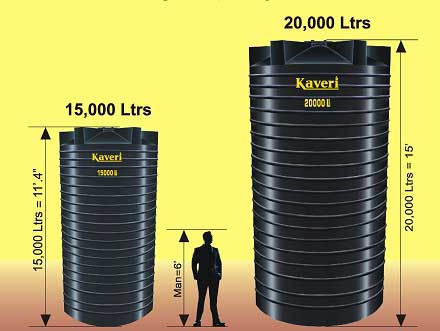| Over moulding is a two stage special injection moulding process
for producing multicomponent parts from two or more polymers with
multidaylight principle.
Recent Advancements in Over moulding are: Horizontal mould rotation
and Over moulding with a single injection unit.
A novel development in Over moulding is the 'Horizontal mould
rotation' technique. Existing systems rotate the moulds on an
axis perpendicular to the machine platens. But in this new technique,
the mould is rotated horizontally with a rotating device, about
an axis parallel to the platens.
Compared to traditional vertical turn table Over moulding, this
new technique possesses the following advantages :
 |
 |
Smaller moulds and machines can be used |
 |
 |
Mounting is simple for different moulds |
 |
 |
Reduced clamping forces |
 |
 |
Subsequent assembly is eliminated |
 |
 |
Possibility of combining materials that do no
weld together |
 |
 |
Decreased production costs |
 |
 |
Less floor space |
 |
 |
Need for two machines is eliminated |

 Process Principle
Process Principle
In Over moulding, injection takes place in two phases. The first
shot is injected into a cavity in the area of a front parting line.
After the cycle is complete, during mould opening, the part formed
remains on the side of the moving centre plate and can be transferred
to second parting line by a 180° rotation of the centre plate.
Thus the part is facing the opposite direction. Here, the second
material is injected in to the cavity, to produce the two -component
part. At the same time, another first shot is being injected at
the front parting line. When the mould opens, the part is demoulded
before centre plate rotates further.

 Applications
Applications
Car lamp lenses, Large surface area parts (e.g. for automotive
industry) and various housings for personal care and medical parts.
Few examples of applications are :
 |
 |
Car Rear light - Reduction of five percentage is achieved
in machine related production costs. |
 |
 |
Closure with sealing ring - Reduction in clamping forces,
350 tonnes instead of 600 tonnes. |
 |
 |
Over Moulding with a single injection unit - Over moulding
can now be done with a single injection unit with some modification
in mono sandwich process. |
The conventional Over moulding machines have two separate injection
units with special moulds. Mono sandwich machine has one injection
unit with extruders. The injection units are separately controllable
with a specially designed common nozzle for the purposes of sandwich
process. The advantage of simplifying the machine technology is
cost savings. A mono sandwich machine costs only 25% more than the
standard machine but an over moulding machine with two injection
unit costs about 60% more than a standard machine.

 Process Principle
Process Principle
The process follows the idea of layering of melt in the injection
cylinder. The primary requirements for the process are :
 |
 |
Overmoulding mould:
The mould is core back mould in which the space for the second
component is created by retraction of movable cores. |
 |
 |
Changeover valve:
The valve is placed inside the mould in the runner system that
can release different runners as necessary. |
 |
 |
Mono sandwich m/c :
Has one injection unit (main) and additional extruder with metering
unit. |
The Process sequence is as follows :
First, the two different polymers to be injected are plasticized
separately. Melt for the first moulding is plasticized by additional
extruder and melt for the second component is produced by main Injection
unit. The two plasticizing operations run successively. Then the melts
to be injected are metered separately with a stroke measuring system
to ensure exact metering.
The metered melt from auxiliary unit flows into the injection cylinder
(main unit) and it displaces material for the second component that
has already been plasticized. Thus melts are layered in injection
cylinder in succession i.e. one after the other to form the first
and second component.
The layering of two melts does not lead to mixing between the two
layers because the melts are highly viscous and exhibits only laminar
flow. There is no transverse flow and the polymer particles only
follow their line of flow.
When the melt has been layered, first of all, the volume of the
first component is injected. The changeover valve is positioned
accordingly which allows the melt to be filled in space provided
for it. Then injection stops intermittently allows the valve to
switch over within the mould. The melt to form the second component
is injected next, as in conventional overmoulding. The changeover
between the two components is so sharp during moulding, so that
overmoulding of the component is possible.
Previous Article
Next Article
Tell Us What You Want

Large capacity chemical storage tanks
| | | |
